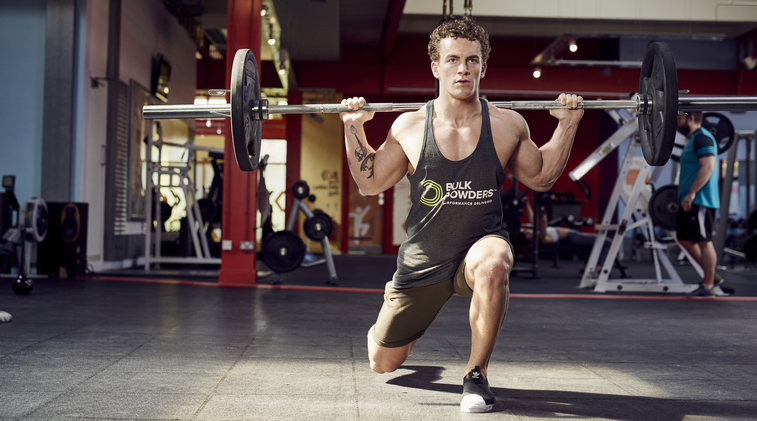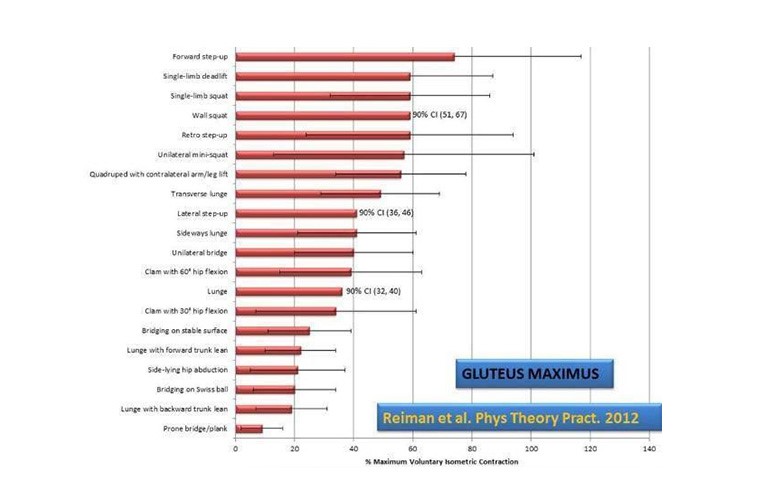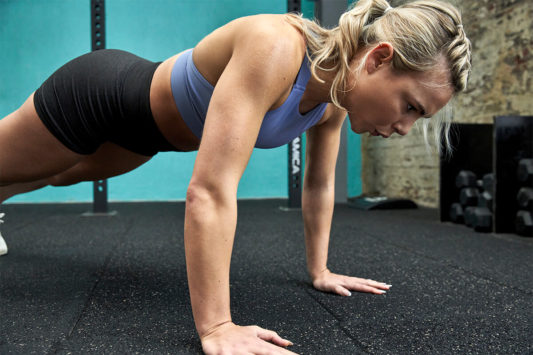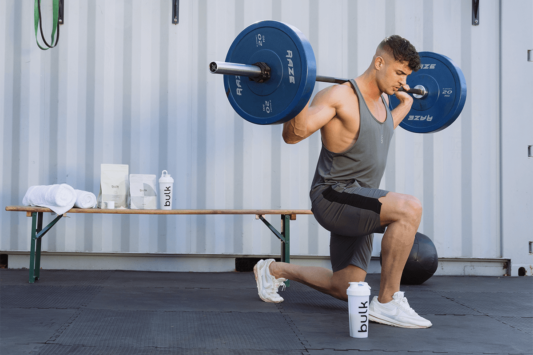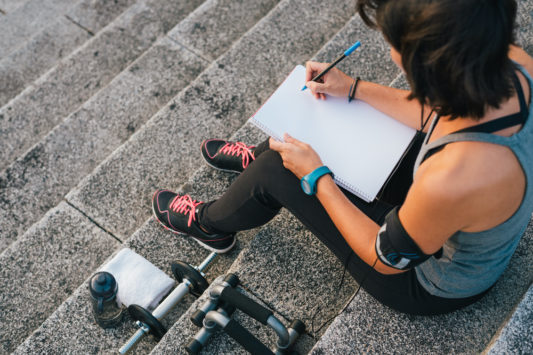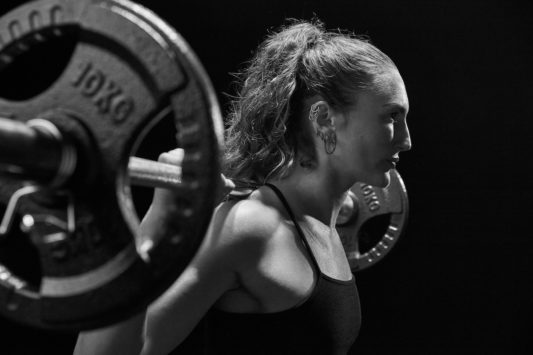I am sure that anybody who has spent more than 5 minutes scrolling through social media has noticed a common trend among fitness profiles… it has become all about glute training – glute development, booty building, glute activation, whatever you want to call it!?
Not only do they look great and have a hugely positive impact on your athletic performance, but glute training can also protect you from pain and injury, especially lower back pain. As I am sure you can appreciate, due to their close proximity, your hips and lower back work together in many everyday movements. In many cases lower back pain is influenced by an unbalanced relationship between your lower back musculature (lumbar extensors) and your hip musculature (glutes) with the lumbar extensors regularly becoming more dominant.
This highlights the importance of training the glutes to limit back pain alongside the other aesthetic and performance benefits. Another important factor to consider, not only within your glute training but training your entire body is that your body functions in 3 planes of motion (sagittal, frontal & transverse). This is mirrored by the fact that each individual muscle has fibres running in across each of these planes of motion. So functional and anatomically it makes perfect sense to train across all 3 planes.
If you’re reading this it will be because you want to building bigger glutes, perform better or beat back pain. So lets have a look at what the research is saying about glute activation during specific exercises.
The images below by @thesportsphysio based on the findings of Reiman and colleagues (1) assess the muscle activation of both the gluteus maximus and medius (two of the biggest muscles at the hip). They include exercises across all 3 planes of motion as well as isometric and isotonic exercises. Utilising a combination of these I am going to share with you my top 5 exercises to not only an aesthetic pair of glutes but also a strong, functional pair.
Side Plank
This isometric exercise creates stability in the frontal plane which is hugely important in preventing hip, knee and lower back pain
Forward Step Up
I encourage my athletes to finish this exercise in a runners pose/stork stand to replicate the movement demands involved in running and sprinting
Unilateral Bridge
Training in a horizontal vector as you do in a bridge exercise has been found to have a hugely beneficial effect on sprint speed
Single Leg Squat
3rd & 2nd in the Glute Max & Med results respectively. The single leg squat is a powerful exercise for glute development and also knee pain prevention
Transverse Lunge
We’ve working in both the sagittal and frontal plane, it is important not to forget the transverse plane which can help create a 3D look to your glutes whilst also improving your change of direction performance in your sport.
So, here you have 5 new exercises you can include in your programme immediately to work towards killer glutes that are strong, powerful and functional! And if you get bored of the same 5 exercises, you have the pick of many more from the images above.
References
https://www.ncbi.nlm.nih.gov/pubmed/22007858
About the Author
Alex Morrell (MSc, BSc (Hons), MCSP) is a Sports Physiotherapist working in international and professional rugby alongside private practice. He has a keen interest in all things training & performance from his sports science/S&C background. (@theonlinephysiocoach)
